The Ultimate Guide to Fly Fishing Line Weights: Choosing the Right Setup for Every Adventure
Choosing the right fly fishing line weight can make or break your cast. In our latest blog, we break down line weights, when to use them, and how to match them with your setup. Whether you're fishing for trout in mountain streams or battling saltwater giants, we’ve got you covered. Read now and get the perfect setup for your next adventure!
SPORTING
J.R. Windzar
3/18/20253 min read
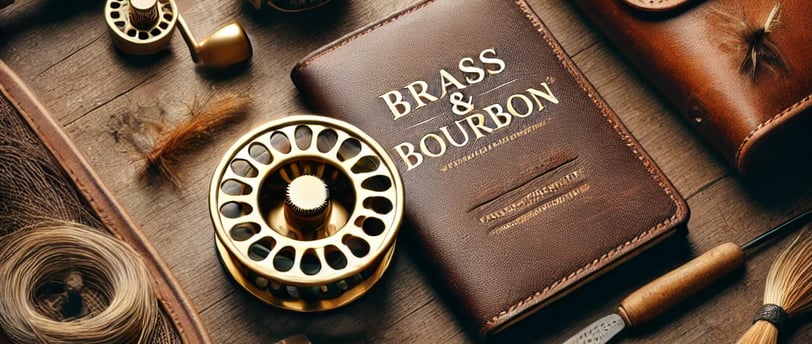

The Ultimate Guide to Fly Fishing Line Weights: Choosing the Right Setup for Every Adventure
Fly fishing is an art, a science, and a passion all rolled into one. But if you're new to the sport (or even if you're an experienced angler looking to refine your setup), one of the most crucial aspects to understand is line weight. Picking the right line weight can mean the difference between an effortless, precise cast and a frustrating day on the water. Let’s break it all down so you can hit the water with confidence.
What Is Fly Line Weight?
Fly line weight refers to the thickness and mass of the fly fishing line. It’s measured on a scale from 1 to 14, with lower numbers indicating lighter lines and higher numbers meaning heavier lines. Your choice of line weight should match the type of fish you’re targeting, the size of your fly, and the conditions in which you’ll be fishing.
Let’s go through the different line weights and what they’re best suited for.
Fly Line Weight Recommendations
Trout & Small Stream Fishing
Line Weight: 3-5
Best For: Small trout, panfish, and finesse casting
Recommended Line Type: Floating Weight Forward (WF-F) or Double Taper (DT-F)
Notes: A 3-weight is perfect for delicate presentations on tiny creeks, while a 5-weight is the all-around standard for trout fishing in most rivers and lakes.
Bass & Large Trout in Rivers/Lakes
Line Weight: 6-7
Best For: Largemouth bass, smallmouth bass, large trout in big rivers
Recommended Line Type: Floating Weight Forward (WF-F) or Sink-Tip (WF-F/S)
Notes: A 6-weight works well for throwing poppers and streamers, while a 7-weight offers more power for windy conditions and heavier flies.
Steelhead & Salmon Fishing
Line Weight: 7-9
Best For: Steelhead, salmon, pike, musky
Recommended Line Type: Sink-Tip (WF-F/S) or Full Sinking (WF-S)
Notes: A 7-8 weight is ideal for steelhead, while a 9-weight gives you extra control for fighting large salmon.
Saltwater & Big Game Fishing
Line Weight: 8-12
Best For: Bonefish, redfish, tarpon, tuna, marlin
Recommended Line Type: Floating (WF-F) or Full Sinking (WF-S) depending on species
Notes: An 8-9 weight is great for bonefish and redfish, while you’ll need a 10-12 weight for tackling tarpon, tuna, and other big game fish.
Matching Your Rod and Reel
Your fly line weight should also match your rod and reel. Most fly rods are labeled with their recommended line weight, so if you have a 5-weight rod, you’ll want to pair it with a 5-weight line for the best performance. Using a mismatched setup can make casting inefficient and difficult.
Final Thoughts
Fly line weight might seem like a small detail, but getting it right can completely change your fishing experience. Whether you're casting to small trout in a mountain stream or battling a tarpon in the salt flats, the right line ensures precision, control, and better hookups.
Explore More Gear: Check Out Our Curated Sporting Selection
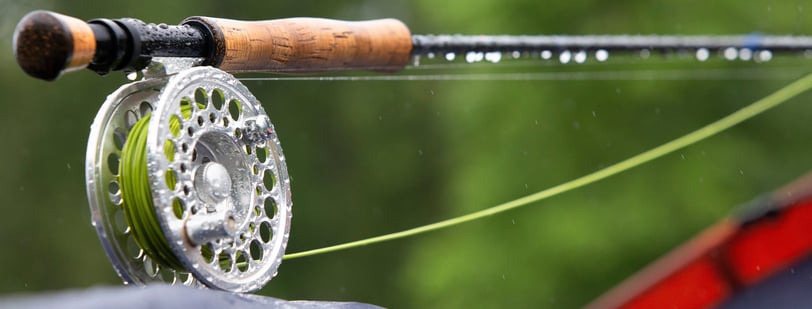



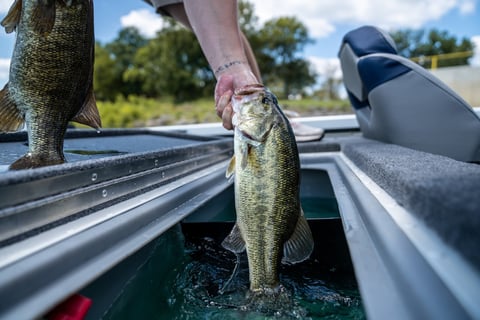

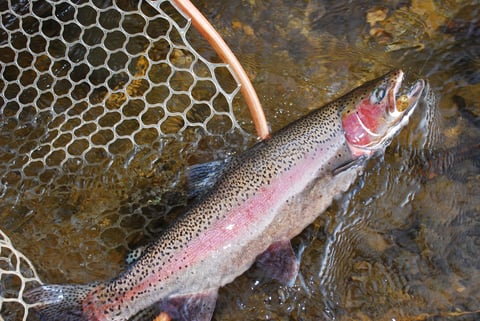

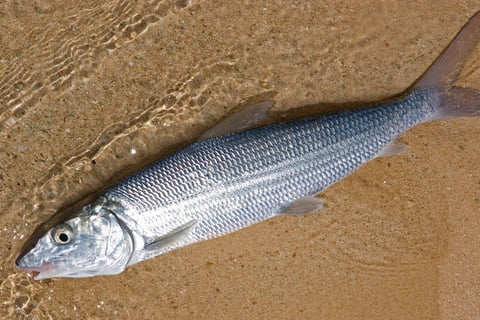

Brass & Bourbon
Intentional Carry. Rugged Style. Timeless Character.
Inquiries & Support
Join our mailing list
contact@brassnbourbon.com
© 2025. All rights reserved.
